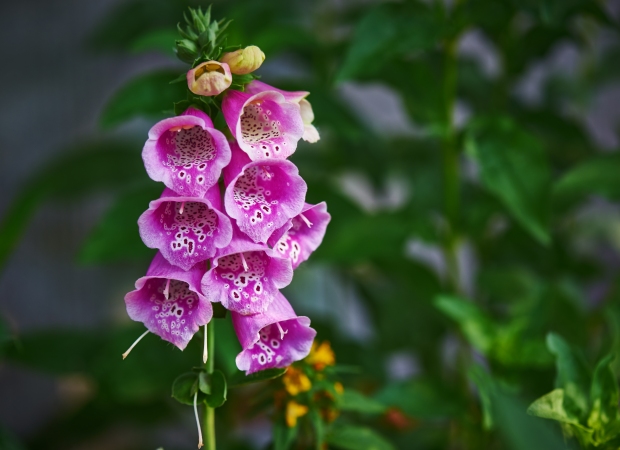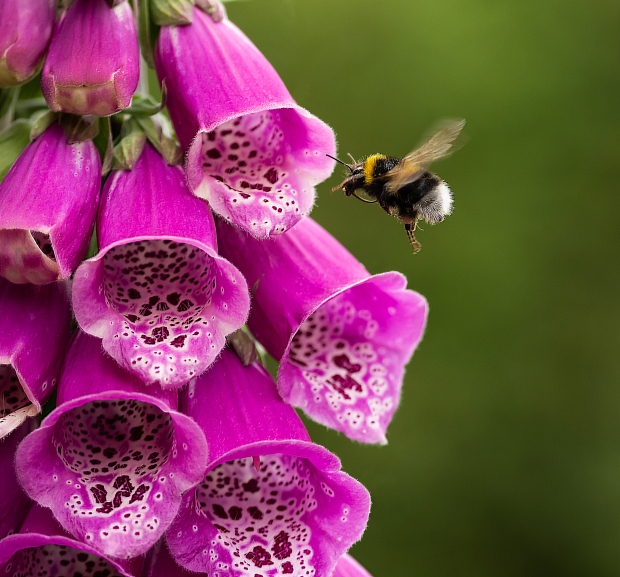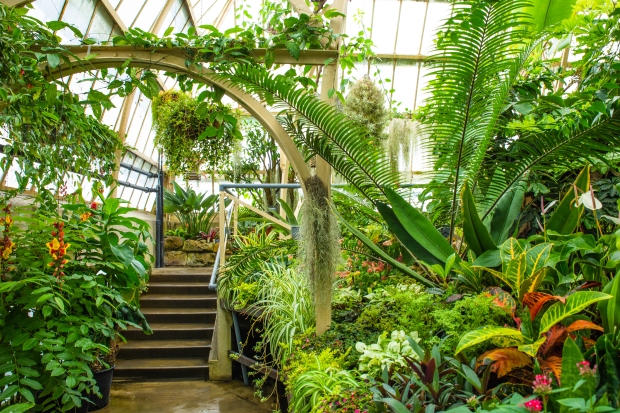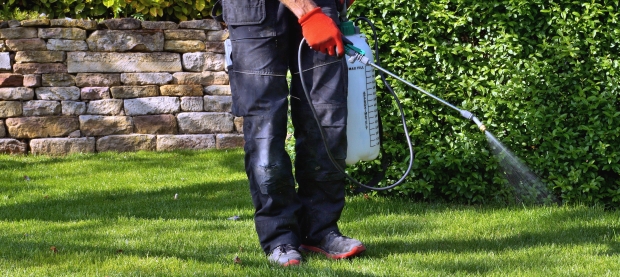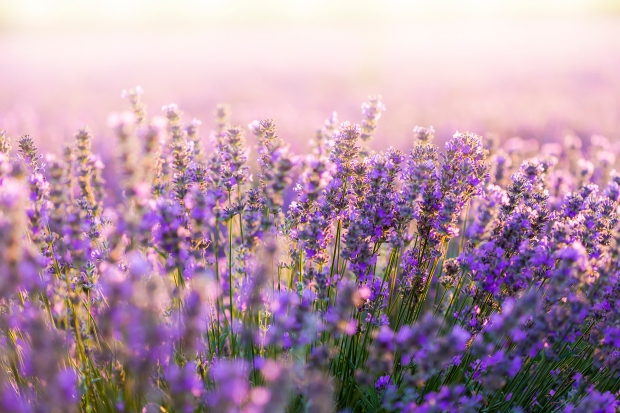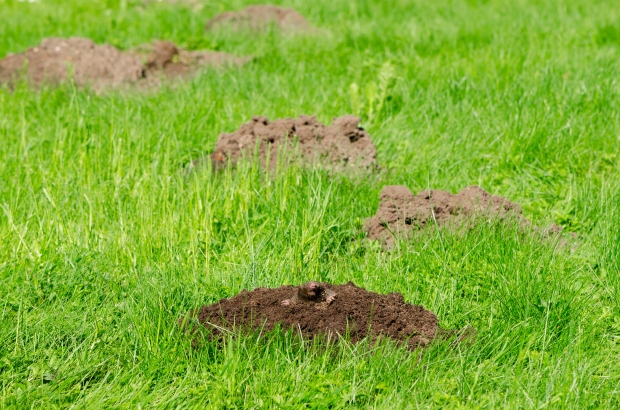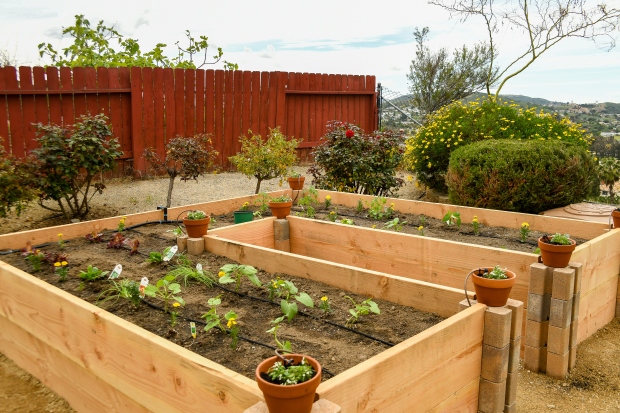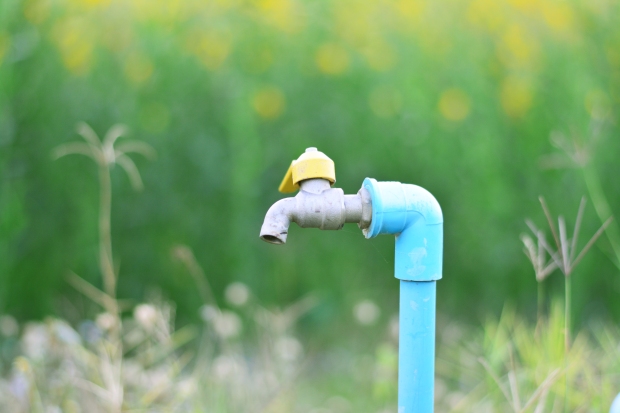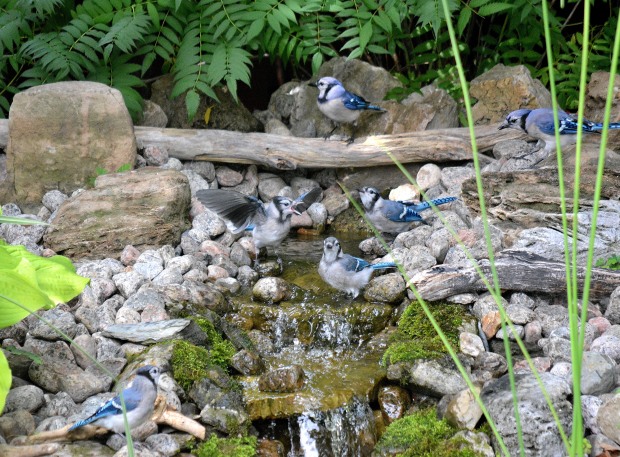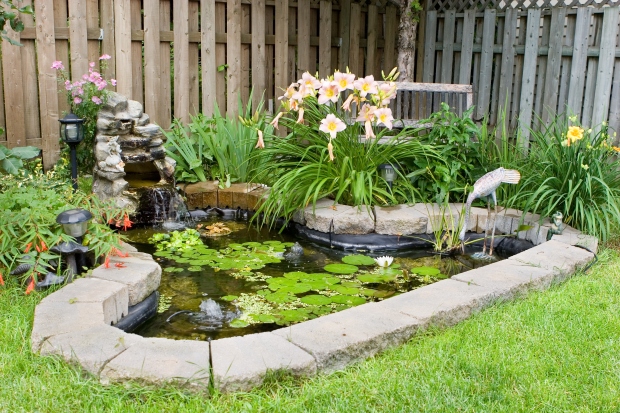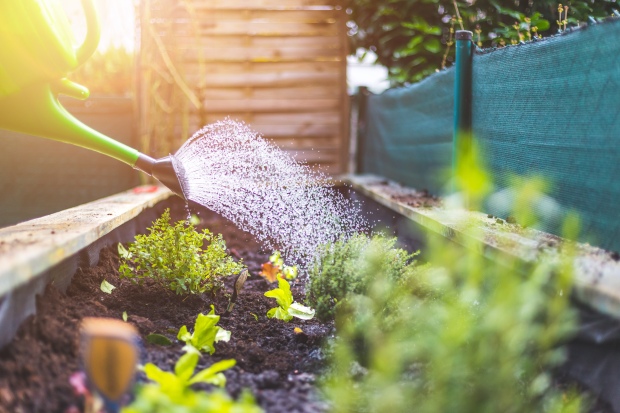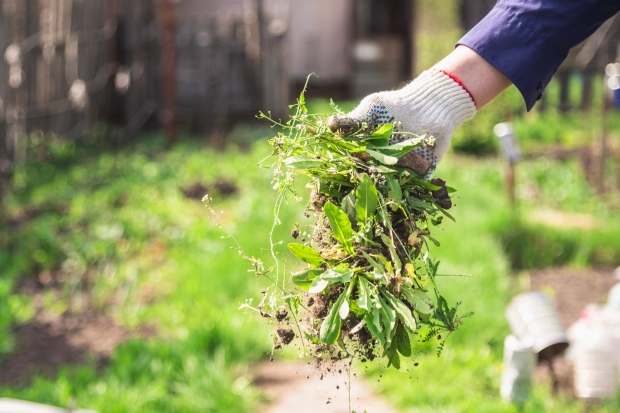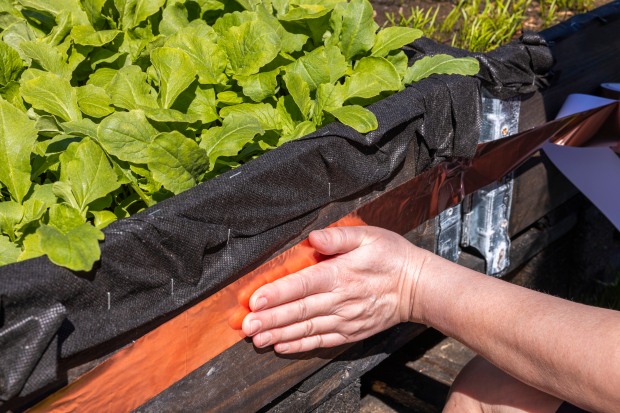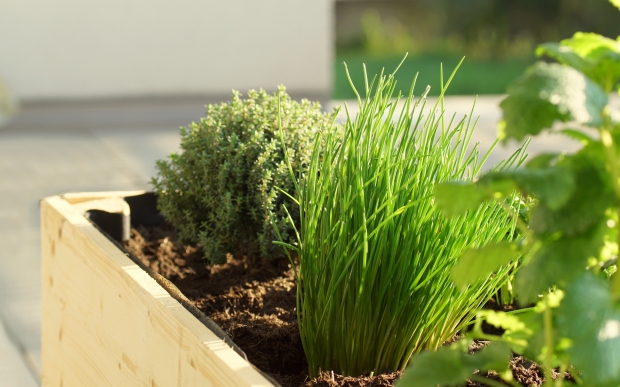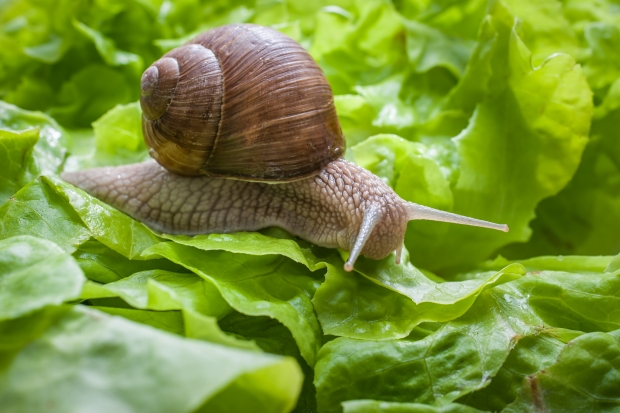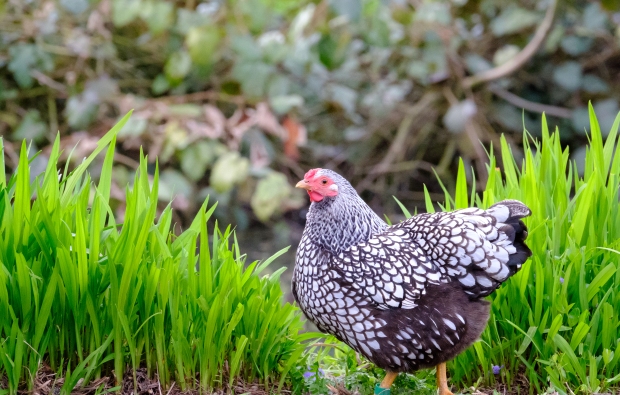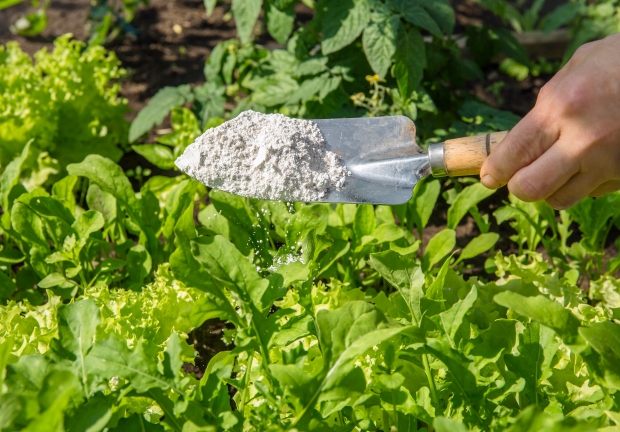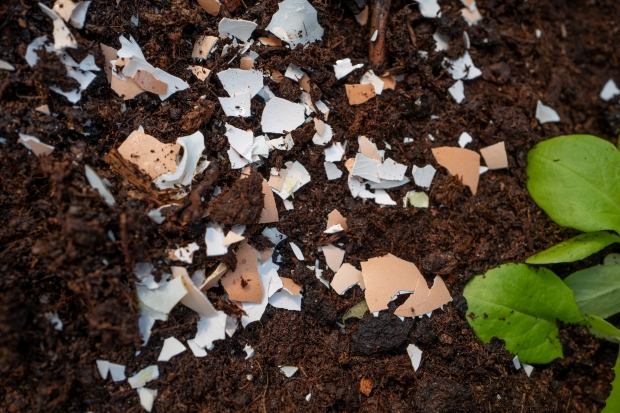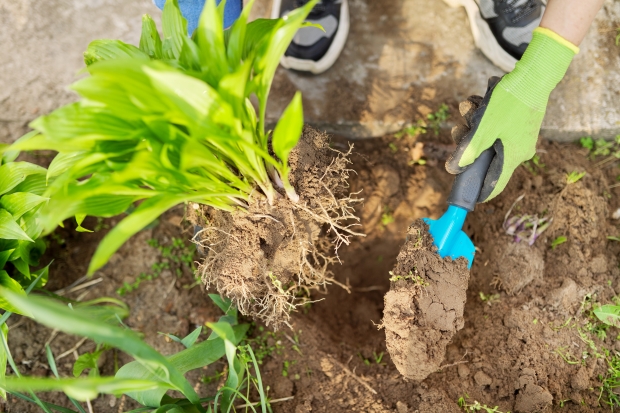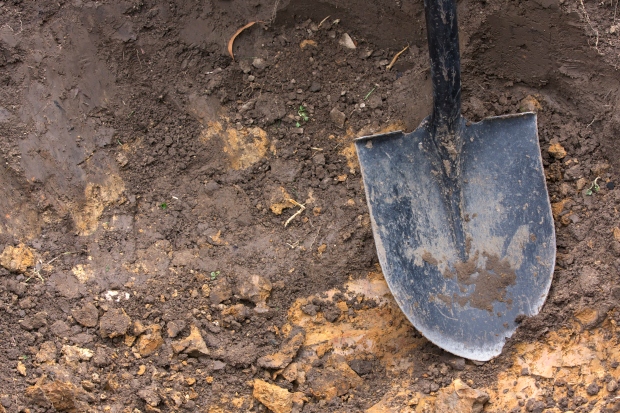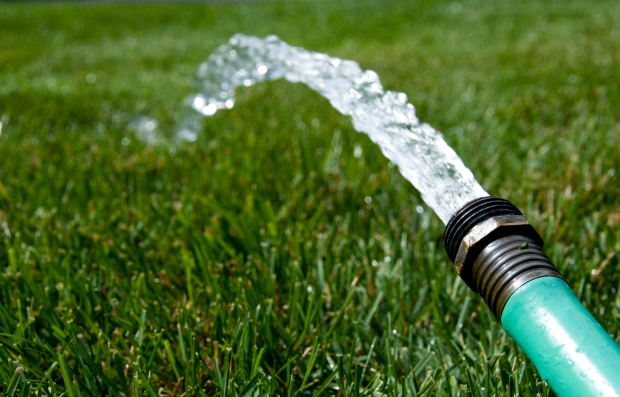How Plants Communicate With Each Other
Plant communication is far more complex than you might expect. There are several unique ways that plants share information with one another — read on to discover the most captivating examples.
At first glance, it may appear as though plants have little to no means of communication. However, in recent decades, researchers have discovered that plant communication is far more complex than most people think. While plants can’t share information with the level of detail and nuance that humans can, they are able to express crucial messaging in certain scenarios.
For example, avoiding danger and the threat of being eaten by a predator is a vital goal for any living species. The acacia tree is particularly well-equipped to avoid such threats. When an animal begins eating an acacia tree, the tree will begin to produce a toxin called tannin, which makes its leaves unpleasant to eat and can even cause death if an animal ingests too much. However, the amazing nature of the acacia tree does not end there.

When an animal chews on the leaves of an acacia tree, the tree not only makes its own leaves inedible, it also warns other trees nearby. The acacia tree accomplishes this by giving off another chemical called ethylene that can alert other trees that animals are browsing nearby. In response to that warning, any acacia tree within about 150 feet can begin producing tannin to discourage animals from eating them.

Plant communication is most prevalent when multiple plants are growing near one another. In those conditions, plants may use their root systems to send messages to other plants. Interestingly, it is not the roots alone that transmit those messages. Instead, plant roots rely on special fungi species that grow in the soil. Those fungi work with the roots to transfer a message from one plant to another.
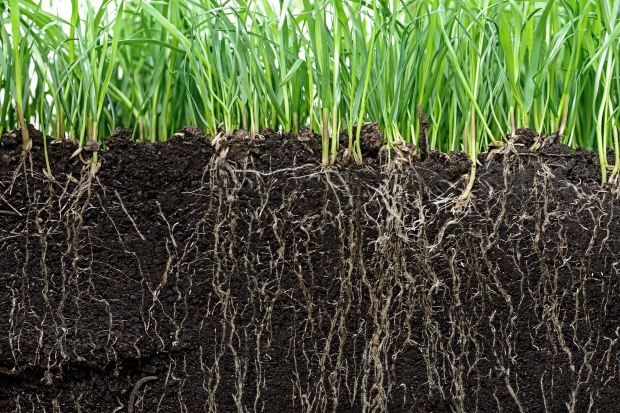
The messages plants send via their roots are often meant to support the other plants around them. For example, the information a plant sends underground could warn of a pest infestation, drought conditions, or other threats to a plant’s survival. At times, plants may also send messages meant to do nothing more than encourage one another to grow more quickly, thus showing the hidden collaborative nature of plants.
Above-ground communication can also take place for these plants. One of the most prominent examples of this is a phenomenon known as canopy shyness. When two plants grow large enough that their leaves begin to touch, they can start to change their growth habits to avoid too much competition for space and sunlight. Rather than continuing to expand into one another, plants that experience canopy shyness will begin to limit their spread so as not to interfere with a neighboring plant’s growth space.

Other instances of plant communication are a bit more aggressive. One of the best examples of this is the black walnut tree, which contains a toxic hormone called juglone. Black walnut trees typically release this hormone into the soil around their roots. Juglone is effective for keeping other plants out of a black walnut tree’s growing area. In many cases, juglone is powerful enough to kill any plant that attempts to compete too closely with a black walnut tree.
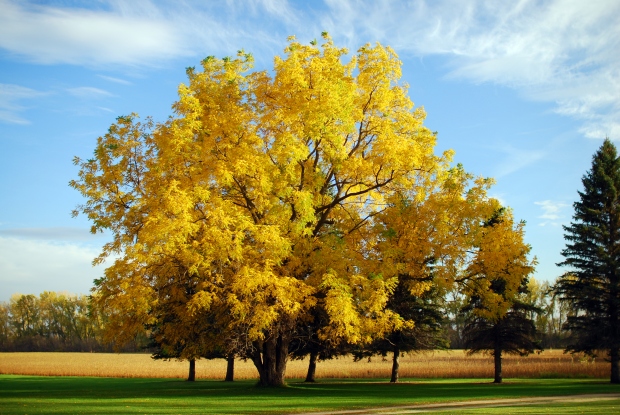
The idea of plant communication was illegitimate in the scientific community not too long ago. However, as research continues, we’re learning more about the fascinating ways that plants can communicate with each other. As the examples above show, plants are far more capable of sharing important information than most people assume. As time progresses, we may find more intriguing ways that plants communicate to ensure each other’s survival.
